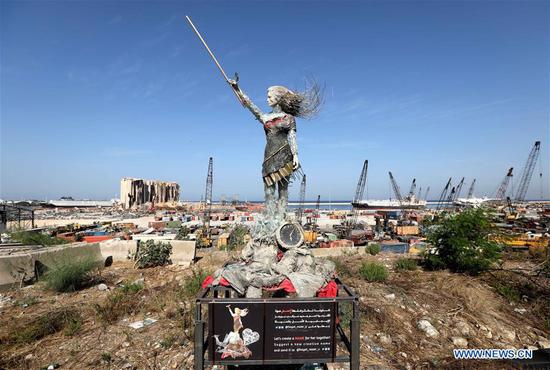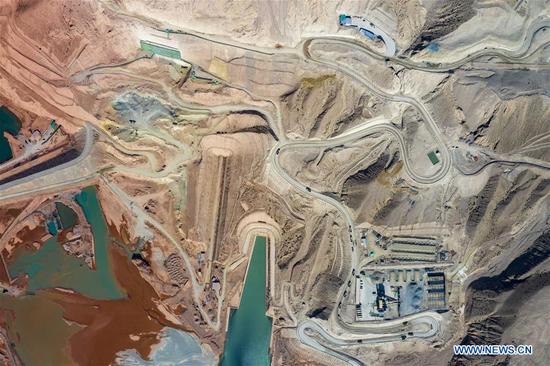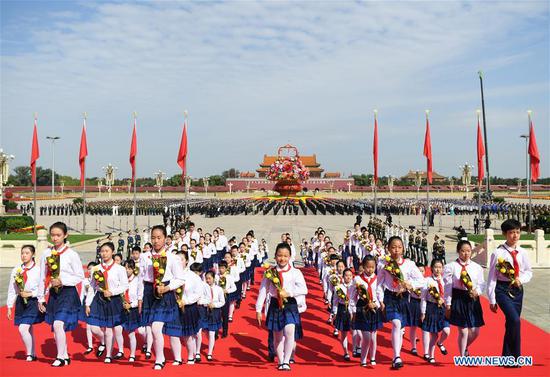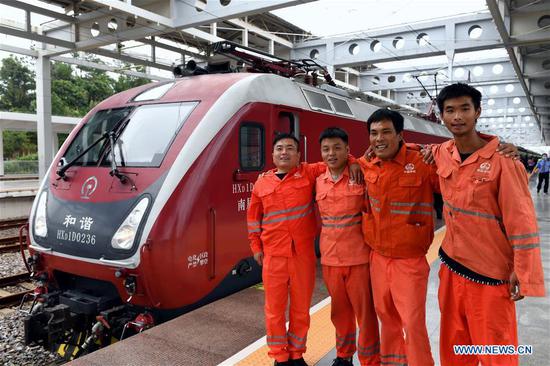China has made major achievements on its way to becoming a global power in air traffic with significant progress in the infrastructure sector.
Continuously improved and upgraded airports and other infrastructures have sustained the high-quality development of China's civil aviation industry over the 13th Five-Year Plan period (2016-2020), according to the Civil Aviation Administration of China (CAAC).
China positioned the civil aviation industry as an important strategic industry of the country's socio-economic development and invested big in the sector.
SIGNIFICANT PROGRESS
Top-level design and long-term plans from the related government authorities have been guiding the high-quality development of the industry, said the CAAC.
Significant progress has been made in the construction scale and speed as well as investment volume in airports, key infrastructure of the civil aviation industry.
During the five-year period from 2016 to 2020, an estimated total of up to 460 billion yuan (about 69.18 billion U.S. dollars) of fixed-asset investment has been injected into civil airport construction, said the CAAC data.
It represented a 26-percent increase compared with the volume in the 2011-2015 period.
Top-level design, detailed plans and expanded investment helped the industry meet challenges born from insufficient support and servicing capacities of large and medium airports.
In 2019, China's civil airports handled a passenger throughput of 1.35 billion, air freight of 17.1 million tonnes and 11.66 million flight movements.
STRATEGIC ROLES
In accordance with the national civil airport layout plan, the CAAC has been making efforts to increase the country's airport number and extend their servicing range.
China is now constructing a modern airport system with three world-class airport clusters, 10 international aviation hubs and 29 regional hub airports, together with a number of non-hub airports.
Among the newly constructed airports, Beijing Daxing International Airport has drawn worldwide attention as a landmark large-scale project and a new engine for national development.
The Daxing airport has emerged as a pivotal air traffic hub for international travel to and from China as the country is poised to become the world's largest civil aviation market around the mid-2020s.
Increasing the number of airports and enhancing airport capacities also contribute to the national strategies of poverty alleviation and the development of western regions, according to the CAAC.
Over the 2016-2020 period, China constructed 31, moved eight and expanded 34 small hub airports or non-hub airports. Among them, 50 were located in the western, border or poverty-stricken regions.
The number of China's civil transport airports reached 238 by the end of 2019, and the figure is expected to reach 241 by the end of 2020.


















































